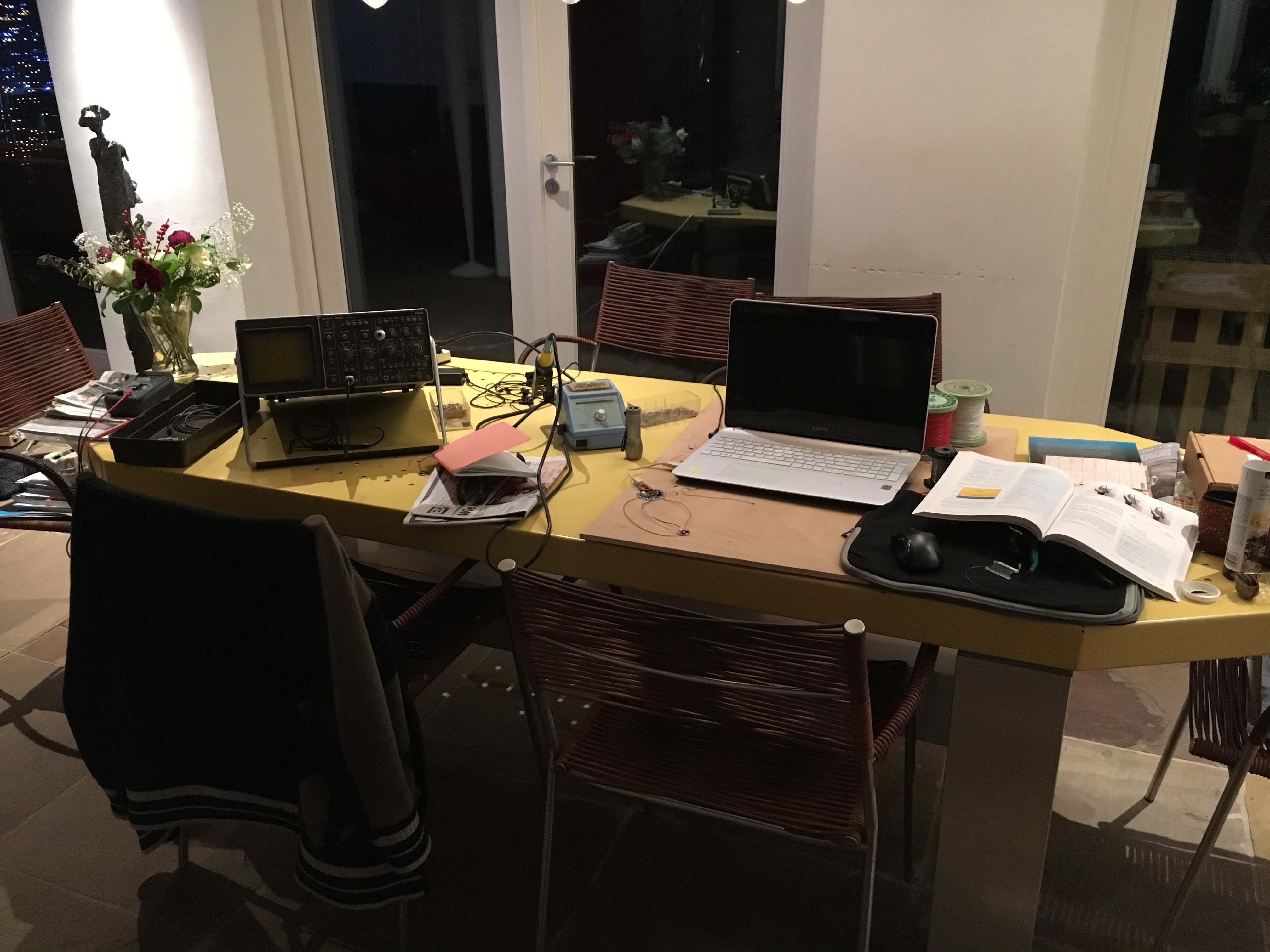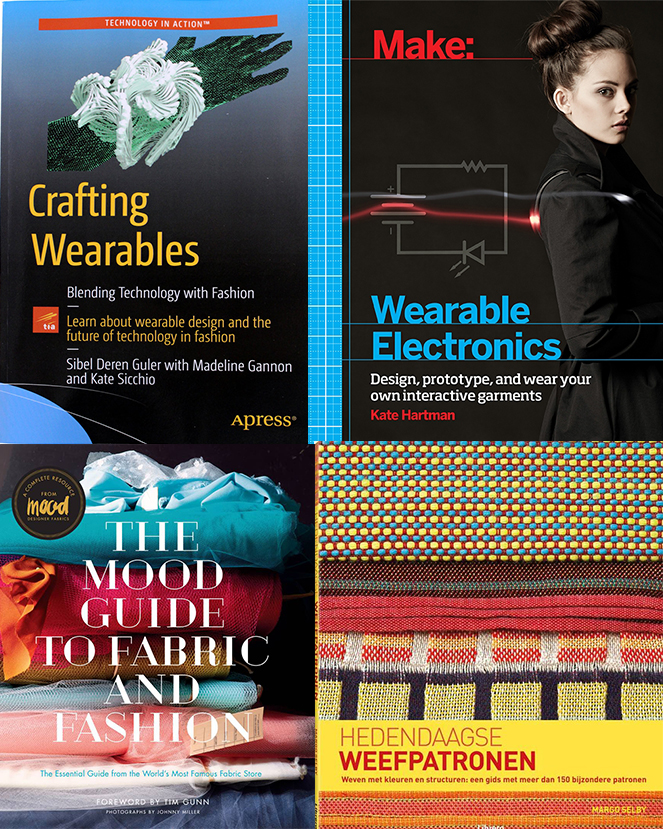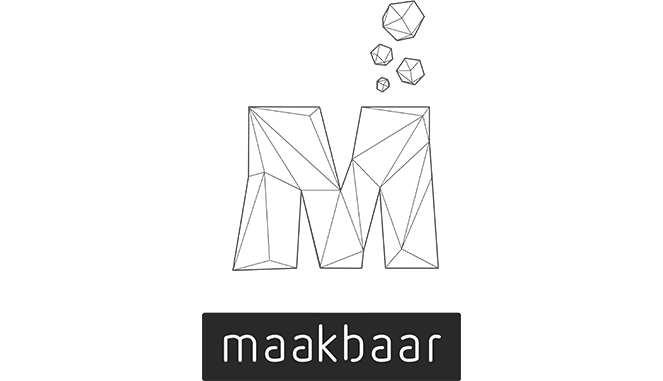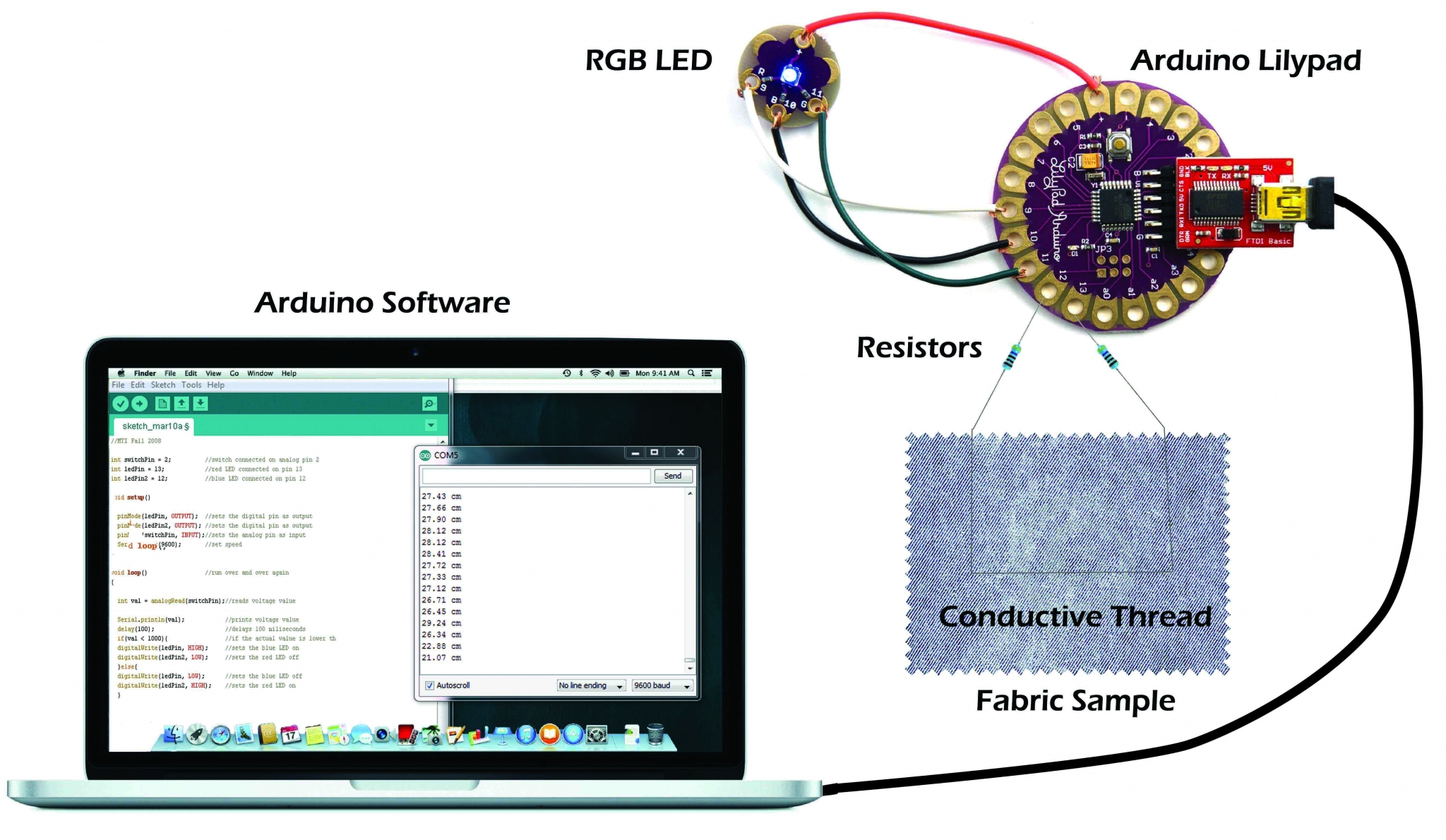The materials that were tested in the last two weeks are cotton, wool, hemp, linen, silk, denim, viscose, polyester, nylon, polyurethane/polyester mix and cotton/viscose mix. They were tested indoors at a room temperature of 20 degrees Celcius and outside at a temperature of 0 degrees Celcius. The set-up was changed a little bit to get the…
Read More




